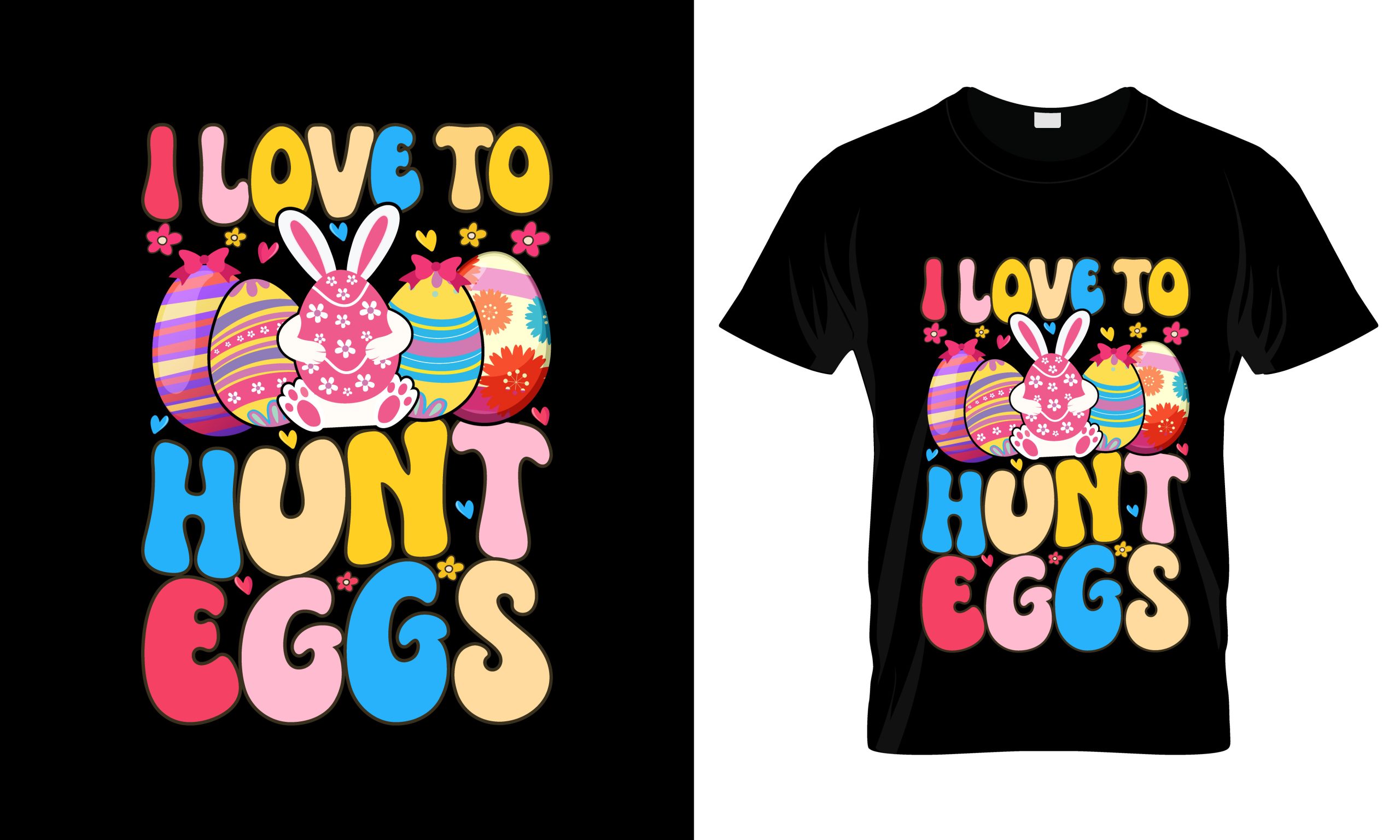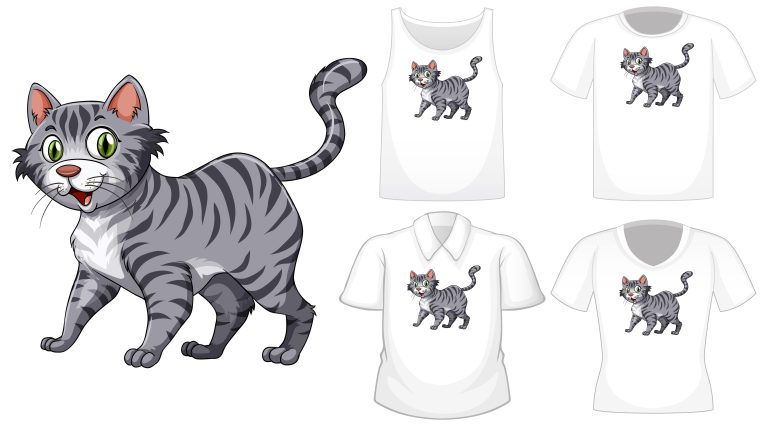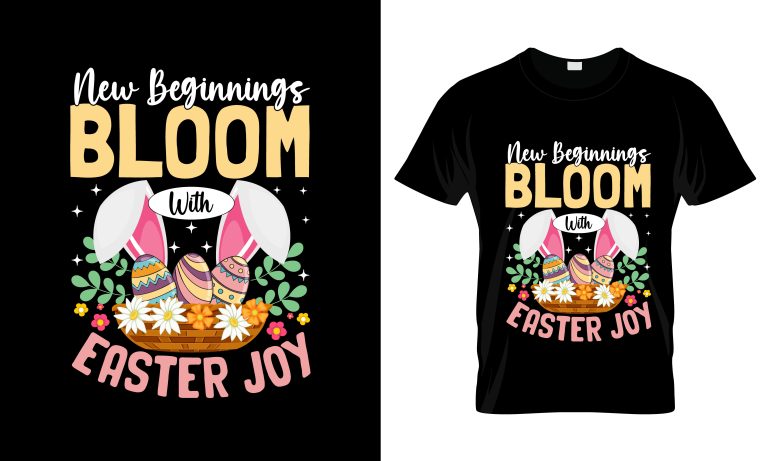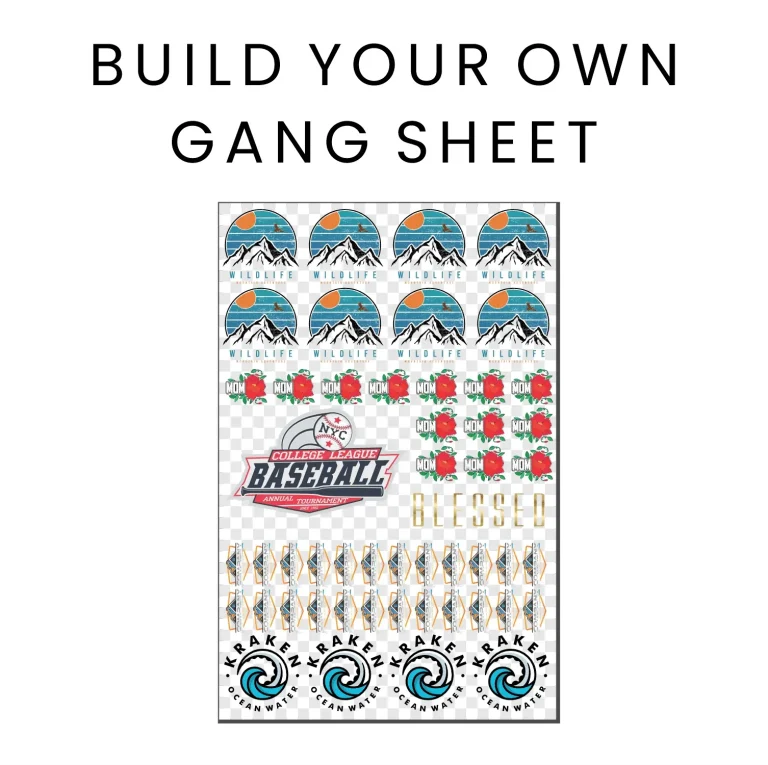
DTF transfers, short for Direct-to-Film transfers, are revolutionizing the apparel industry by offering a groundbreaking method for fabric decoration. This innovative technique allows designers and entrepreneurs to create stunning, high-quality images that effortlessly adhere to a variety of materials, making it a favored choice among custom apparel creators. As the popularity of personalized clothing continues to rise, understanding the fundamentals of the DTF printing process is essential for anyone looking to stand out in the competitive market. Dive into this comprehensive guide to discover how to DTF transfer your favorite designs, highlighting the advantages of this exciting printing method and the steps needed to produce vibrant results. With DTF transfers, unlocking your creativity and enhancing your fabric printing game has never been easier.
Direct-to-Film (DTF) printing is rapidly becoming a preferred selection for custom garment decoration, thanks to its unique ability to print intricate designs on various textiles. This method involves printing images directly onto a special film, which can then be transferred onto fabrics with remarkable detail and durability. For those eager to enhance their craft, learning how to effectively use DTF technology is a game changer. By leveraging this modern printing technique, artists and small business owners alike can reap the benefits of excellent print quality and versatility, making DTF an attractive option for creating custom apparel. Whether you’re just starting or looking to refine your skills, understanding the principles of DTF printing can significantly boost your creative potential.
What Are DTF Transfers?
DTF transfers, or Direct-to-Film transfers, represent a groundbreaking technique in the printing landscape, uniting the benefits of digital and screen printing. This method is particularly favored by artists and businesses due to its efficiency and cost-effectiveness. By printing designs onto a special PET film, DTF transfers enable vibrant colors and intricate details to be easily applied to a wide range of fabrics, from cotton to polyester blends. This adaptability has made DTF printing an appealing choice for custom apparel, ensuring that designers can meet various consumer needs while maintaining quality.
One of the main advantages of DTF transfers is their ability to deliver high-quality results with less investment compared to traditional methods. They produce designs that resist fading and cracking, thus enhancing the longevity of custom pieces. As more people turn to personalized fashion, DTF technology stands out as a versatile solution for achieving stunning results in the competitive marketplace of custom clothing.
The DTF Printing Process Explained
The DTF printing process involves several critical stages that ensure end products are both beautiful and durable. Initially, designers create their artworks using graphic design software, adhering to specific requirements like RGB colors and a high DPI for clarity. After preparing the design, it’s printed on a PET film using specialized DTF printers equipped to handle unique ink formulations. Each step is vital in achieving a vibrant transfer that resonates with the end-user’s expectations.
Once the image is printed, the initial phase concludes with the application of a hot-melt adhesive. This process is essential, as it creates a bond between the ink and the fabric during the transfer stage. When heat is applied—typically between 320°F and 350°F—the design seamlessly transfers onto the garment. This intricate process not only guarantees the longevity of the print but also showcases why understanding the DTF printing process is imperative for achieving remarkable results.
Tips for Designing with DTF Transfers
Creating designs with DTF transfers requires attention to detail and an understanding of design principles. To enhance the quality of your output, ensure that you start with high-resolution images. File formats such as PNG with transparent backgrounds allow your colors to stand out without unwanted borders. Also, consider using vibrant colors and dynamic compositions that can take full advantage of the DTF printing capabilities. Testing your designs on various fabric types can help determine how colors and details will transfer, allowing for adjustments before final production.
Additionally, experimenting with different artwork styles can yield impressive results. Techniques that incorporate gradients or intricate details can flourish with DTF transfers. By keeping abreast of current design trends and drawing inspiration from successful campaigns, creators can harness the full potential of this printing method. Revisit and refine your designs continually, and be open to feedback, which can run the full gamut from peers to social media audiences.
Advantages of DTF Transfer Printing
DTF printing advantages extend beyond mere aesthetic appeal; they encompass practical benefits that resonate with both creators and consumers. Firstly, the color vibrancy achieved through this technique is notable, often surpassing traditional methods like screen printing. This is particularly significant in an industry where visual impact can dictate consumer choices. Furthermore, the durability of DTF prints ensures that the designs remain intact through countless washes, thus appealing to customers looking for lasting quality in their apparel.
Another significant advantage is the versatility of DTF transfers. They work exceptionally well on a variety of fabrics, allowing businesses to cater to different markets without the need for changing printing equipment. This flexibility enables small businesses to diversify their offerings while maximizing production efficiency. In essence, DTF transfer printing not only enhances the creative process but also presents countless opportunities for entrepreneurs looking to thrive in the custom apparel sector.
Emerging Trends in DTF Technology
Current trends in DTF technology reflect a push toward efficiency and innovation. One notable development is the increasing speed of DTF printers, reducing print times significantly, which is critical for businesses aiming to fulfill large orders. This rapid production capability allows entrepreneurs to respond quickly to market demands and trends, consequently enhancing their competitive edge. As more users adopt DTF technology, these advancements can lead to lower costs and more accessible entry points for newcomers to the field.
Additionally, the integration of eco-friendly practices within DTF printing is becoming a focal point for many companies as sustainability grows in importance. The shift towards environmentally conscious materials and inks not only helps preserve the environment but also caters to a customer base that prioritizes sustainability in their purchasing decisions. By aligning with these emerging trends, businesses engaged in DTF printing can build a reputation for quality and responsibility, attracting a diverse array of clients.
Resources for Mastering DTF Printing
For those interested in mastering DTF printing, a wealth of resources is available to guide learners through the intricacies of the process. Online platforms like YouTube provide various tutorials from experienced professionals who break down each step of DTF printing in an accessible manner. These videos often cover everything from design creation to troubleshooting common issues, making them a valuable tool for both beginners and seasoned printers alike.
Engaging with community forums and groups dedicated to DTF printing can also enhance one’s understanding of this field. Platforms like Reddit and Facebook host discussions where practitioners share tips, techniques, and effective practices that have worked for them. These interactions not only foster a community of support but also open doors for networking and potential collaborations. Embracing these resources can significantly enhance one’s skills and confidence in utilizing DTF technology.
Frequently Asked Questions
What is the DTF printing process and how does it work?
The DTF printing process, or Direct-to-Film printing, involves printing designs onto a PET film, applying hot-melt adhesive, and then transferring it onto fabric using heat. This method produces vibrant and durable designs suitable for various materials, making DTF transfers a popular choice for custom apparel.
What are the key advantages of using DTF transfers for custom apparel?
DTF transfers offer several advantages, including high color vibrancy for detailed designs, versatility across different fabrics, exceptional durability against washing, and cost-effectiveness compared to traditional printing methods. These features make DTF printing ideal for small businesses and hobbyists.
How can I create designs with DTF transfers effectively?
To create designs with DTF transfers effectively, start by preparing your design in a graphic design software. Ensure you save it in PNG format with a transparent background. Use a DTF printer with high-quality inks, and follow the steps of printing, applying adhesive, and pressing onto the fabric correctly for the best results.
What are the essential steps for how to DTF transfer successfully?
To successfully DTF transfer, follow these steps: prepare your design in the correct format, print it onto PET film using a DTF printer, sprinkle hot-melt adhesive while the ink is wet, cure the adhesive, carefully place the film on your fabric, and apply heat with a heat press to transfer the design.
Can DTF printing be used on all types of fabrics?
Yes, one of the biggest advantages of DTF printing is its versatility; it can adhere to a wide variety of fabrics, including cotton, polyester, and blends. This makes DTF transfers suitable for many custom apparel projects.
What should I do after applying a DTF transfer to ensure its longevity?
After applying a DTF transfer, you can enhance its durability by pressing it a second time with a Teflon sheet. Additionally, always advise care instructions like washing garments inside out to preserve the print quality over time.
| Key Point | Details |
|---|---|
| Understanding DTF Transfers | DTF transfers combine screen and digital printing for vibrant, durable, and detailed designs. |
| Step 1: Design Preparation | Use PNG format, RGB mode, and a resolution of at least 300 DPI for optimal design clarity. |
| Step 2: Printing the Design | Utilize a dedicated DTF printer and high-quality inks for vibrant results. |
| Step 3: Applying Adhesive | Sprinkle hot-melt adhesive evenly and cure it using heat methods for adherence. |
| Step 4: Transfer the Design | Position the film on the fabric and apply heat with a press for transfer. |
| Step 5: Final Touches | Consider a second press for durability and give proper care instructions for maintenance. |
| Key Advantages of DTF Transfers | Vibrant colors, versatile fabric compatibility, durability, and cost-effectiveness. |
| Trends in DTF Technology | Improvements in speed and eco-friendly practices enhancing DTF processes. |
Summary
DTF transfers are revolutionizing the printing industry by offering a straightforward yet effective way to create stunning designs on various fabrics. By following the detailed steps outlined in this guide, anyone can master the DTF transfer process and produce high-quality, vibrant designs that stand out. Not only do DTF transfers showcase exceptional color fidelity and durability, but they also cater to a variety of fabric types, making them versatile for different projects. As the demand for custom apparel rises, becoming proficient in DTF transfers presents a unique opportunity for artists and entrepreneurs alike.



